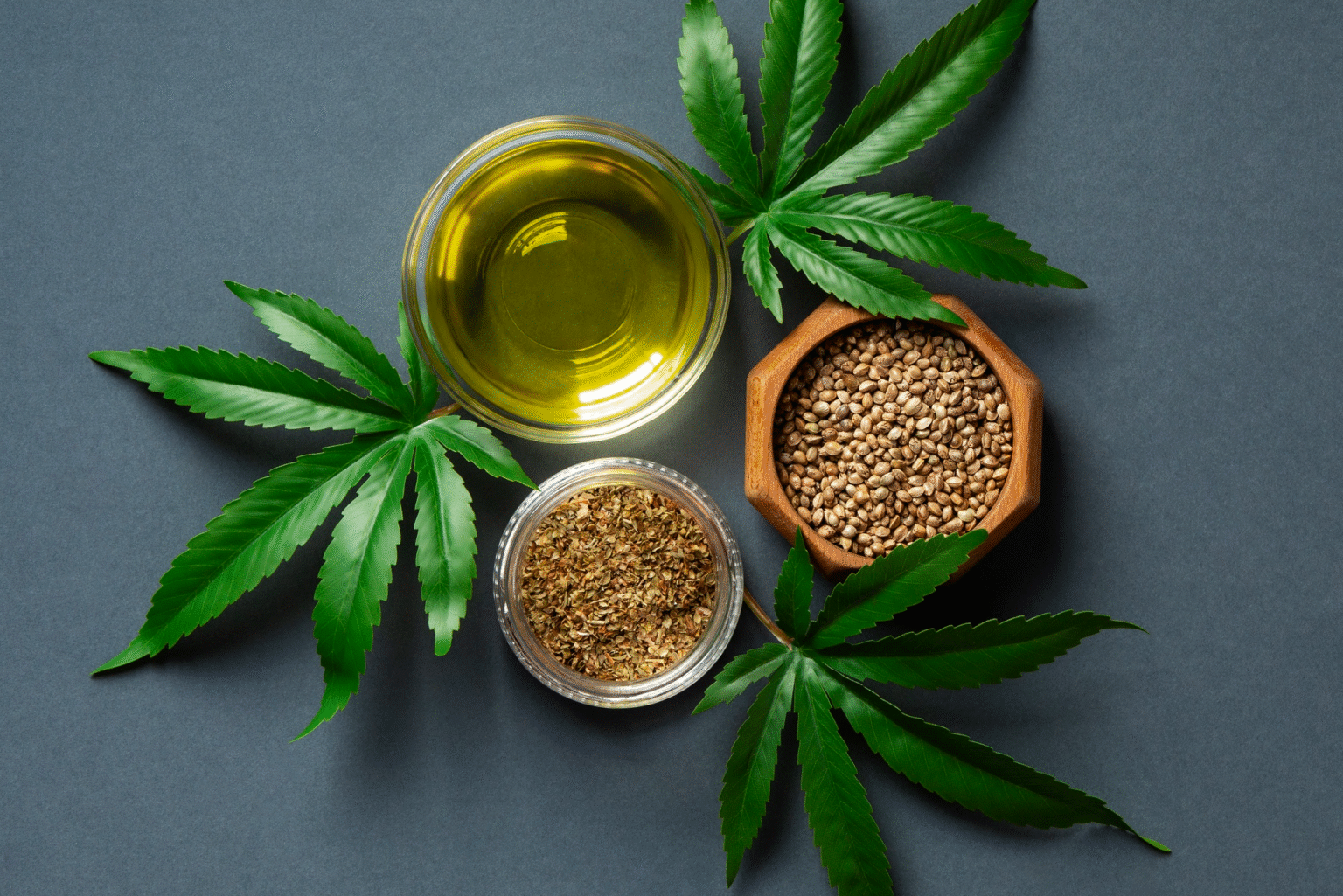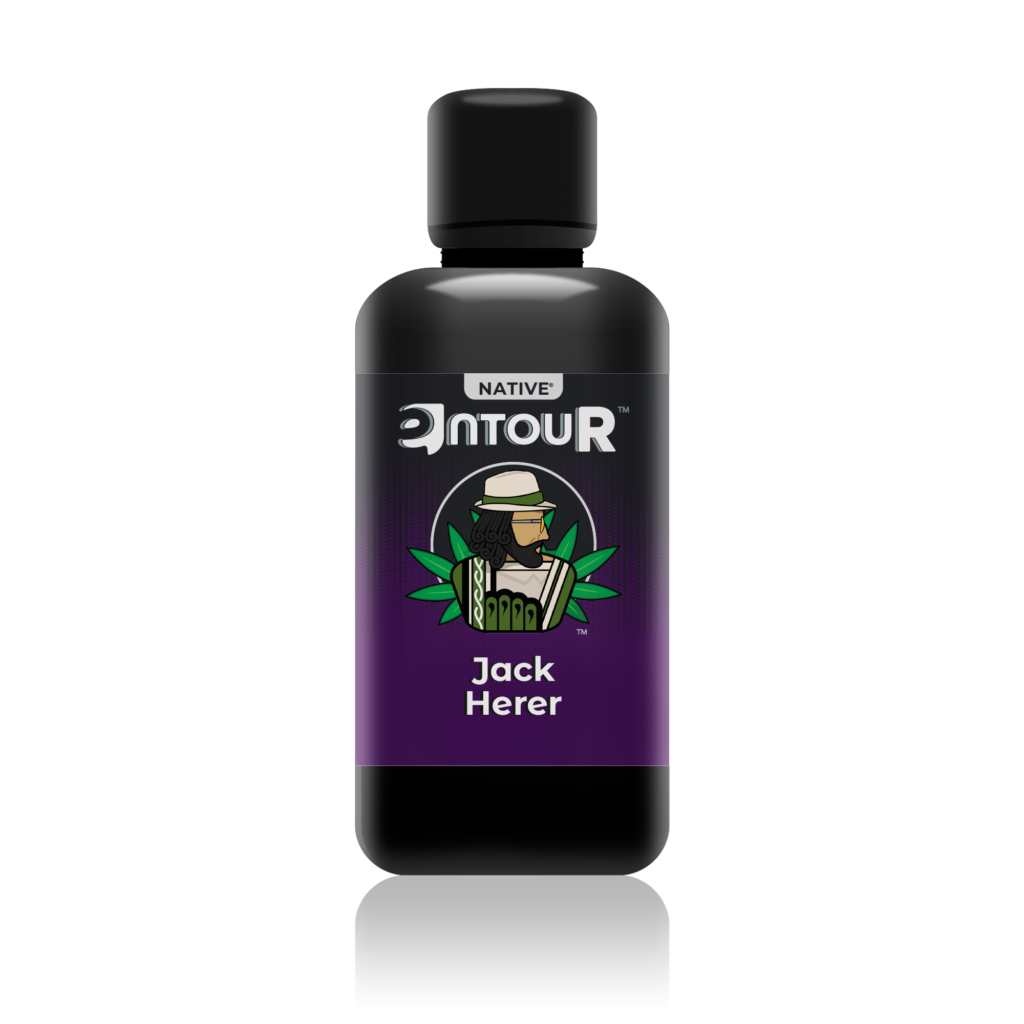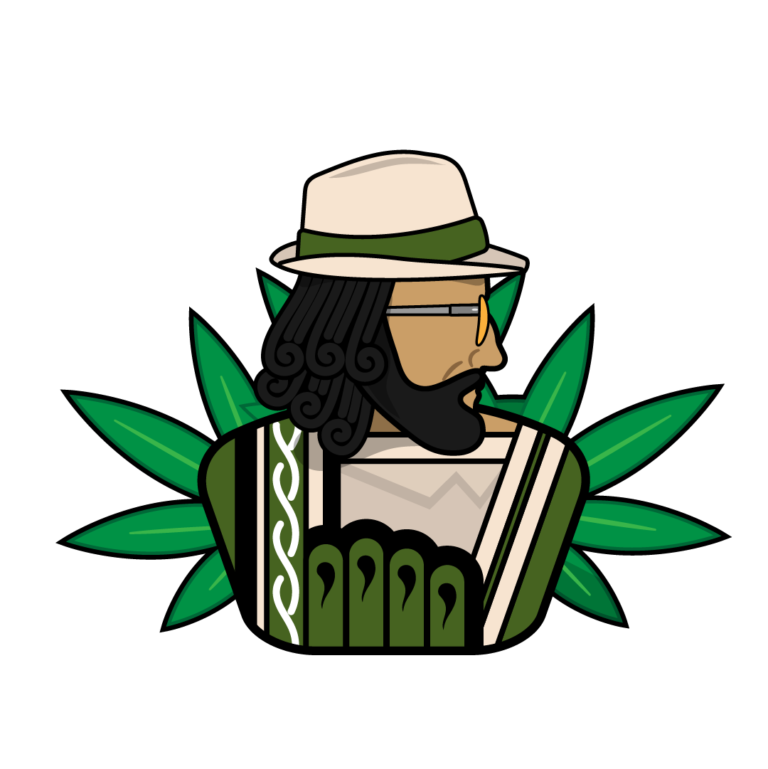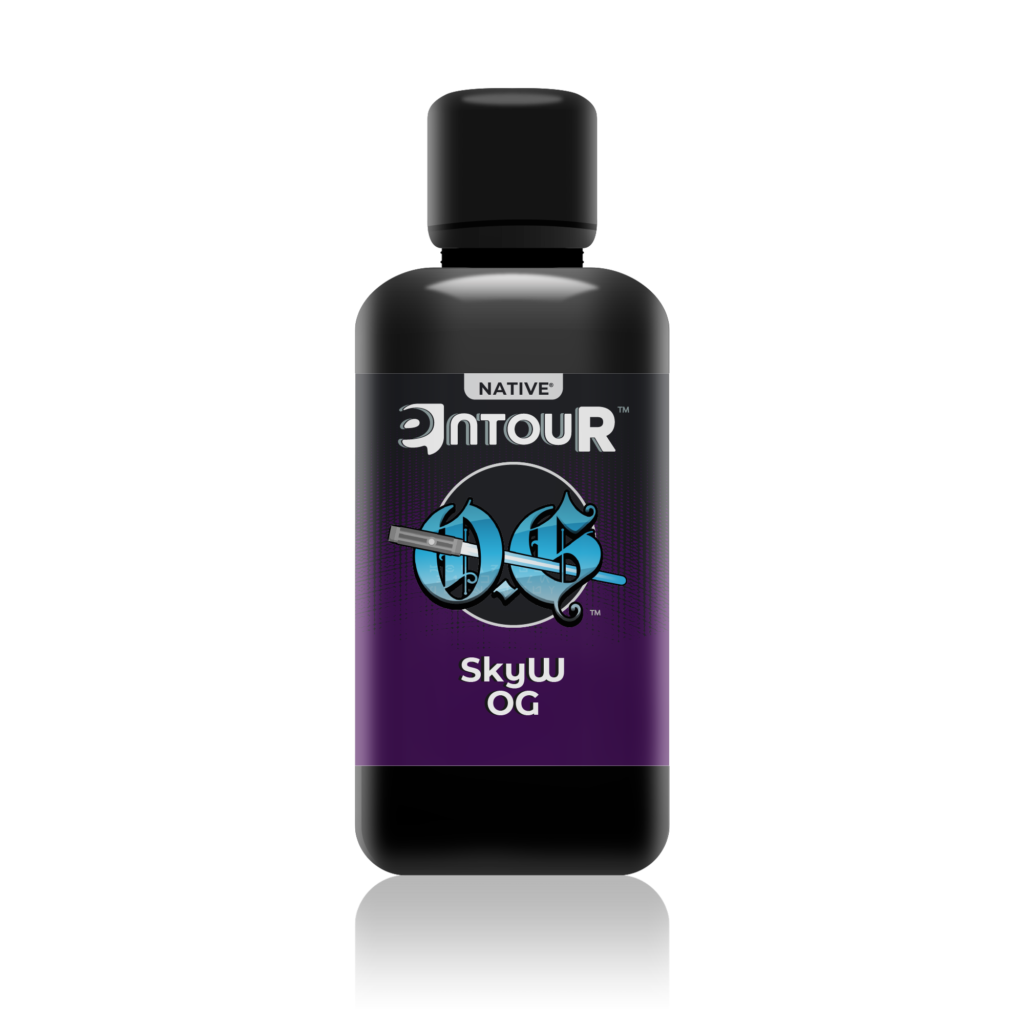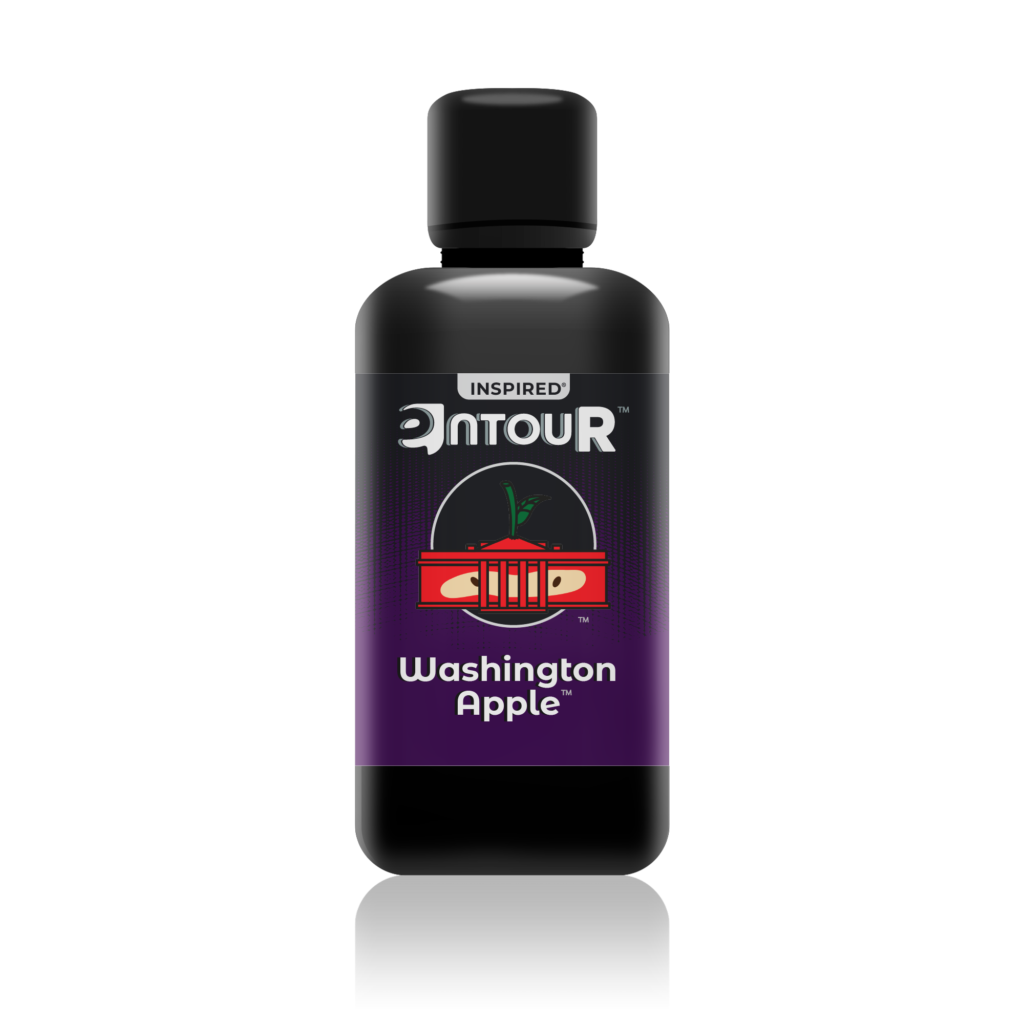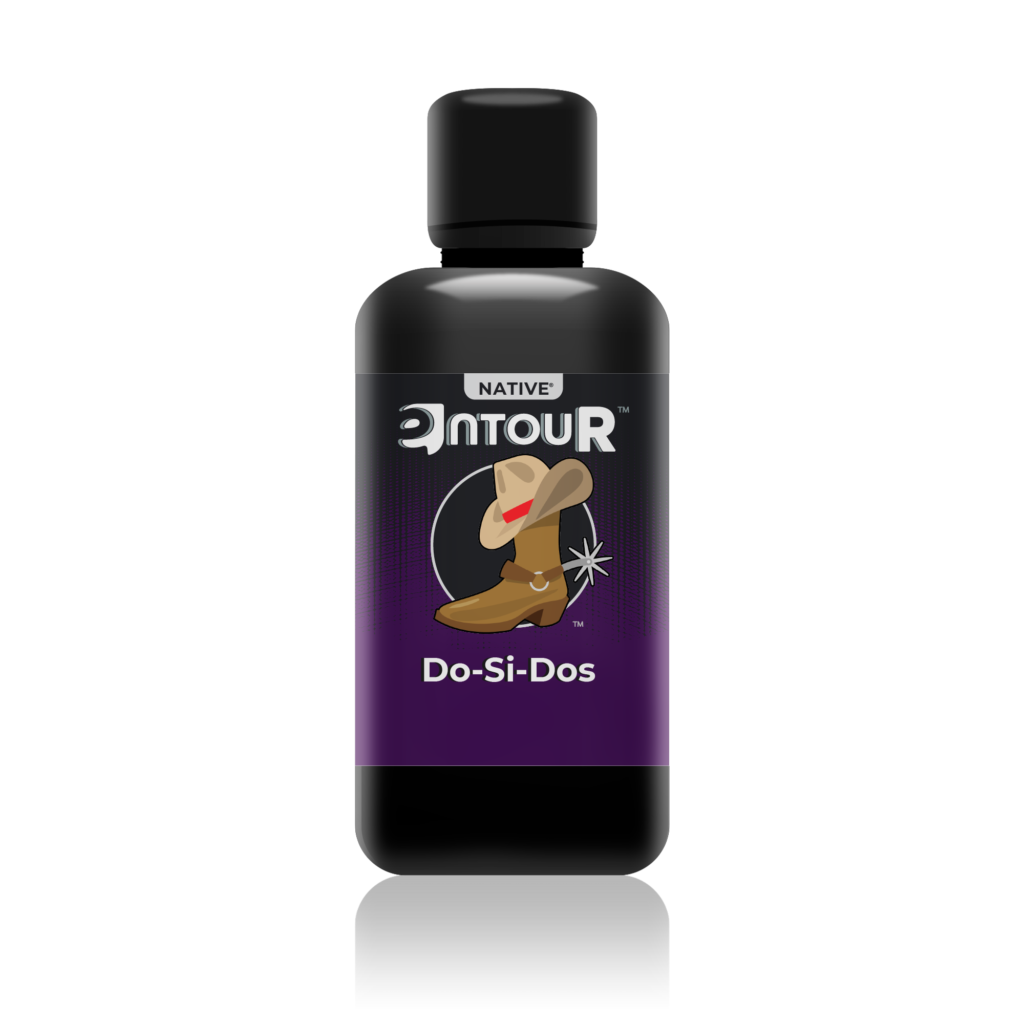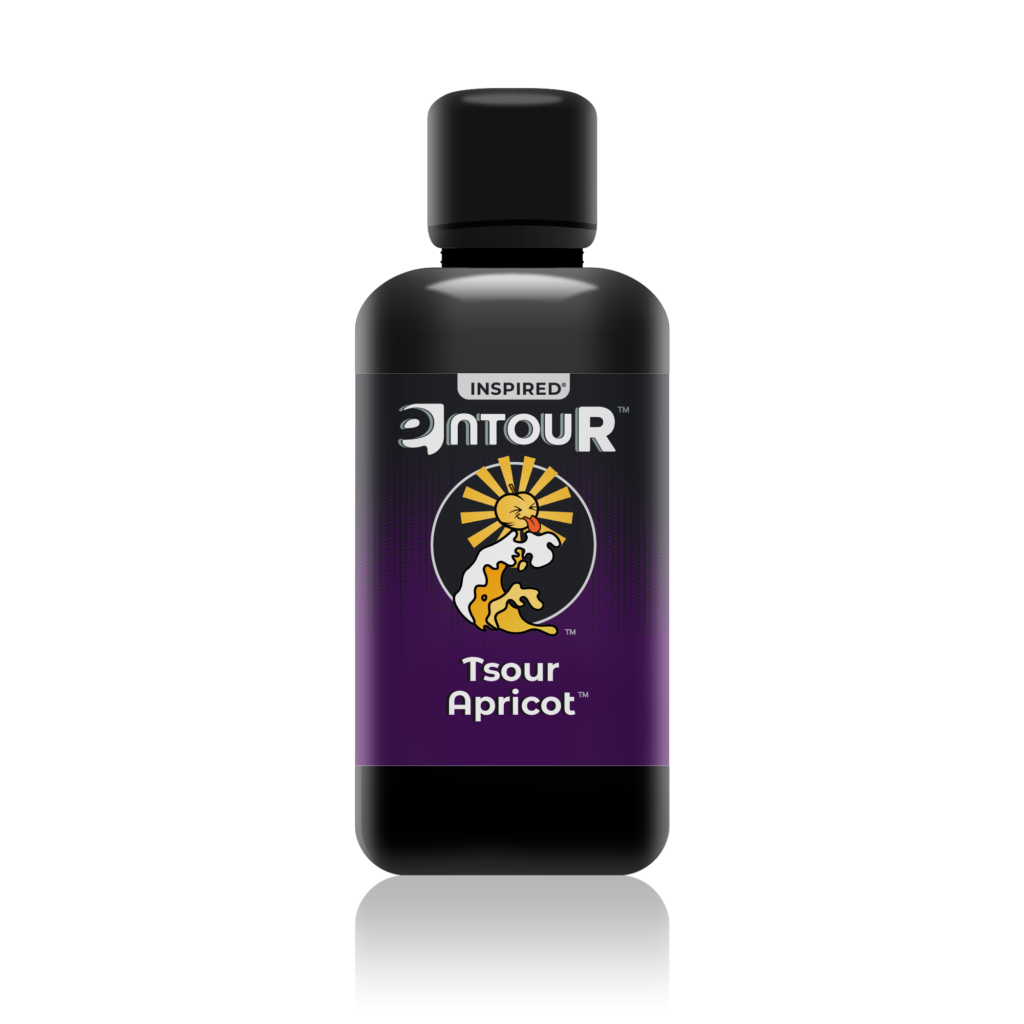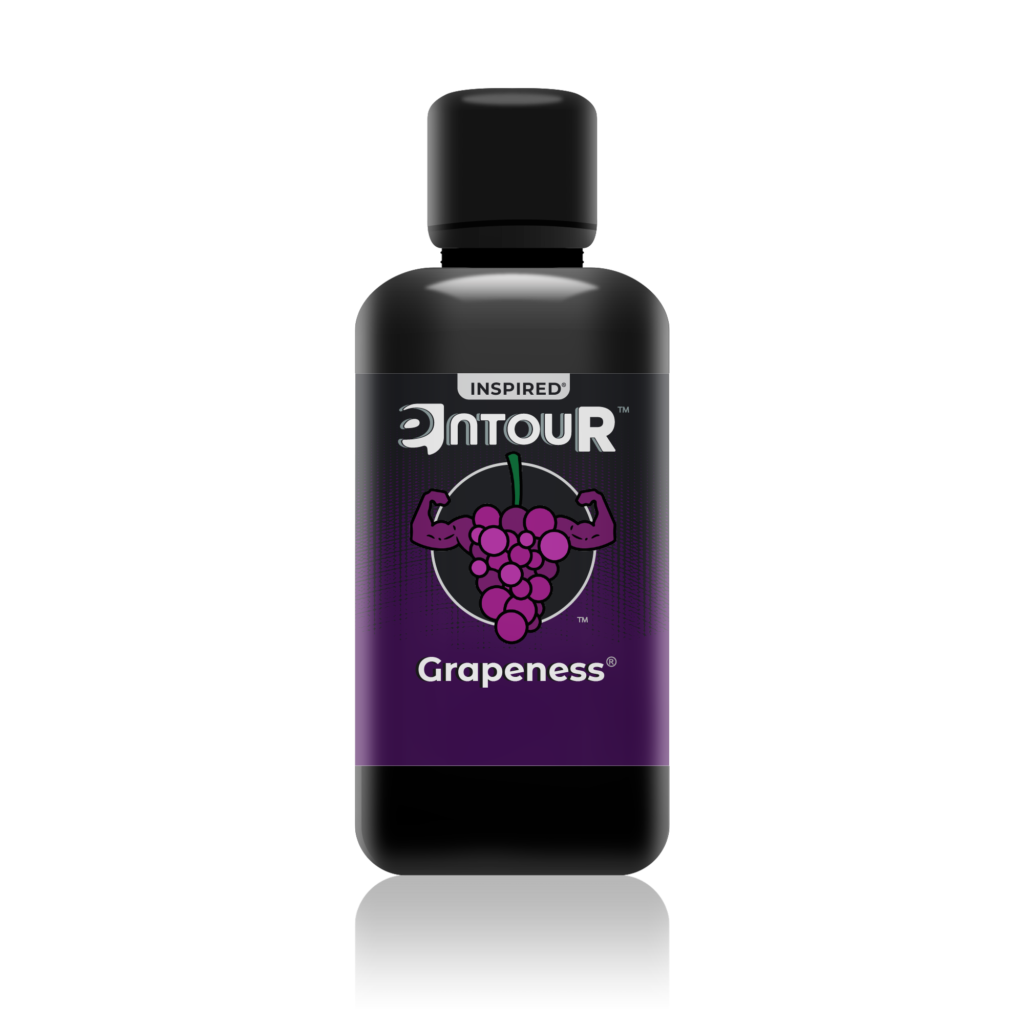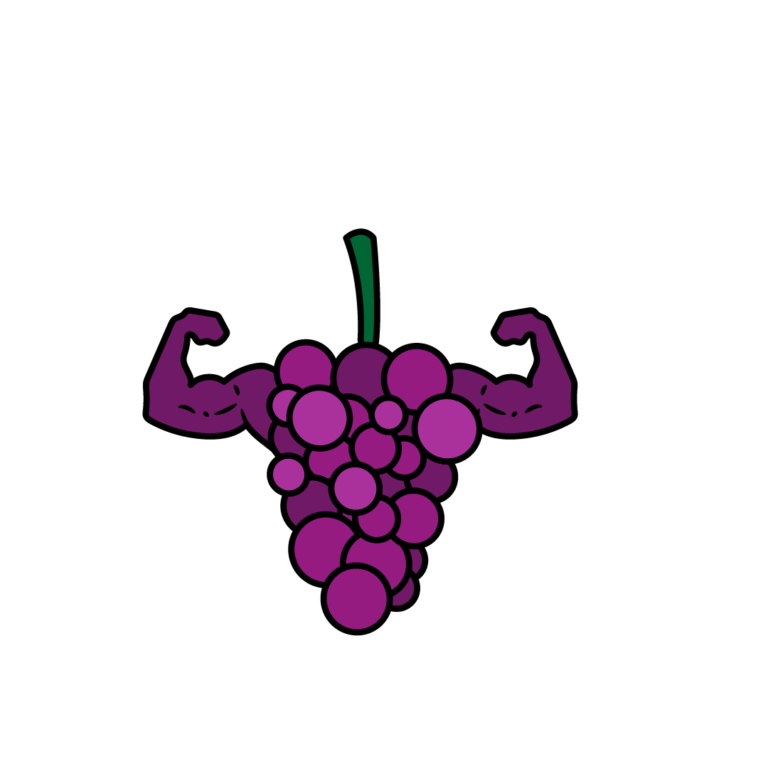Imagine stepping into a pine forest and taking a deep breath of that fresh, woody scent… or peeling an orange and catching the bright citrus aroma that instantly lifts your spirits. What you’re experiencing in both cases are terpenes, nature’s fragrant messengers.
If you’re browsing for terpene-blend products, understanding the types of terpene, how they’re classified, and why they matter will help you choose better, smell smarter, and feel more confident in what you’re buying.
Let’s walk through this together clearly, practically, and with concise simplicity.
What are Terpenes?
In simple terms, terpenes are natural compounds produced by plants (and some insects). They form part of a plant’s aroma, flavor, and its way of interacting with the environment.

More specifically:
They’re built from repeating units called isoprene (C₅H₈).
They’re one of the main components of what makes plant extracts, essential oils, and aromatic blends smell distinct.
For you, as a buyer of terpene-blend products, they’re the reason a blend has a “citrus kick”, “earthy under-note”, “woody base”, etc.
Important note: while many people use “terpenes” and “terpenoids” interchangeably, technically, terpenoids are modified terpenes (they contain oxygen or other functional groups).
But for our practical purposes aroma, blends, product chat ‘terpene types’, covers what you need.
How Are Terpenes Classified?
When you search for “terpene types” or “types of terpene”, what you’re really asking is: What are the groupings of terpenes that matter, how are they sorted and named?
Here are the two main lenses used:
1. Based on the number of isoprene units/carbon atoms
One of the clearest ways to differentiate terpene types is by the number of isoprene units they contain. The more units, the bigger the molecule, generally the less volatile (i.e., the less “quick” scent) and more complex.

| Classification | Isoprene units | Carbon atoms approximately | Typical “feel” for aromas/uses |
| Hemiterpenes | 1 | ~5 | Rare, very small scale |
| Monoterpenes | 2 | ~10 | Bright, light, quick aroma |
| Sesquiterpenes | 3 | ~15 | Deeper, more lingering scent |
| Diterpenes | 4 | ~20 | Less about quick scent, more plant-function |
| Triterpenes | 6 | ~30 | Structural in nature; many less volatile |
| Tetraterpenes | 8 | ~40 | Large, often pigments or heavy functions |
| Polyterpenes | Many units | >40 | Big molecules like natural rubber etc. |
2. Based on structure / ring-form
Within each size class (like monoterpene or sesquiterpene), you’ll find variations depending on how the molecule is shaped: is it a straight chain? One ring? Two rings? Three? That matters because shape influences smell, volatility, and how the molecule behaves.
For example:
A monoterpene might be acyclic (no ring), or monocyclic (one ring), or bicyclic (two rings).
That structural difference can change whether you smell it quickly, how long the scent lasts, or how it blends with others.
Meet the Main Terpene Families You’ll See in Blends
Since you’re selling/blending terpene products, here are the families you’ll encounter most often and what they tend to bring to the table.
Monoterpenes (≈ C₁₀ size)
These are among the most volatile and are prominent in aromas you recognise: citrus zest, fresh herbs, light floral notes.
Examples you might see in blend labels: limonene (citrus), α-pinene (pine), linalool (lavender/hybrid floral).
Why they matter: quick scent impact, strong first impression, good for top notes in blends.
Sesquiterpenes (≈ C₁₅ size)
These are a step bigger; they don’t evaporate as fast, and they carry richer, deeper scents: woods, spice, earth, maybe mellowing background aromas.
Example: β-caryophyllene (peppery/woody) is a well-known sesquiterpene.
Why they matter: they form the “body” of a blend, the lasting character beyond the first sniff.
Diterpenes & Larger
These aren’t as frequent in fast-aroma blends (because they’re less volatile) but they do appear in more specialised products or where the functional effect is emphasised.
They ground blends, add depth and complexity rather than immediate “pop”.
Good to mention in your content to show depth (and trust) but you’ll most often work with mono & sesqui for scent-driven products.
Real-World Example: Entour Brand Terpene Blends
A great real-world example of terpene classification in action can be seen onEntour Brand’s product collection.
Their Native® blends, Inspired®, and Live Derived™ Blends combine monoterpenes like Limonene and Linalool (for bright citrus and floral top notes) with sesquiterpenes like Caryophyllene and Humulene (for rich, woody depth).
Each blend is formulated to mirror how these terpene types interact naturally, giving a full-bodied aroma journey that starts light and finishes warm.
It’s a simple but powerful example of how terpene classification shapes both scent and experience in real products.
How This Relates to Your Terpene Blend Products
Let’s connect the classification to real-world choices and what to keep in mind when packaging, labelling, or communicating your product.
If the blend emphasises bright aromatic impact (say “citrus burst”, “fresh herb”), you’ll lean heavier on monoterpenes like limonene, pinene, linalool.
If it emphasises deep aroma or “linger in the room”, “woody base note”, then sesquiterpenes are key (and you may layer mono + sesqui).
When you list your blend about “terpene types” you might say: “Contains monoterpenes (fast-evaporating citrus and herb notes) and sesquiterpenes (longer-lasting woody/spice tones)”. That gives buyers clarity.
Be transparent: explain that size & structure matter “smaller = quicker scent, bigger = more lingering” helps buyers understand what to expect.
Popular Terpene Examples You’ll See on Labels
Here are some names you might encounter, plus a brief “what it smells like + what role it plays” so you can explain them in product descriptions or blog posts.
Limonene – citrus (lemon, orange). Bright, uplifting.
α-Pinene – piney, fresh forest. Clear, herbaceous.
Linalool – light floral, lavender/herbal. Soft top note.
Myrcene – earthy, musky, often tropical-fruit edge.
β-Caryophyllene – woody, peppery, spice. Rich base.
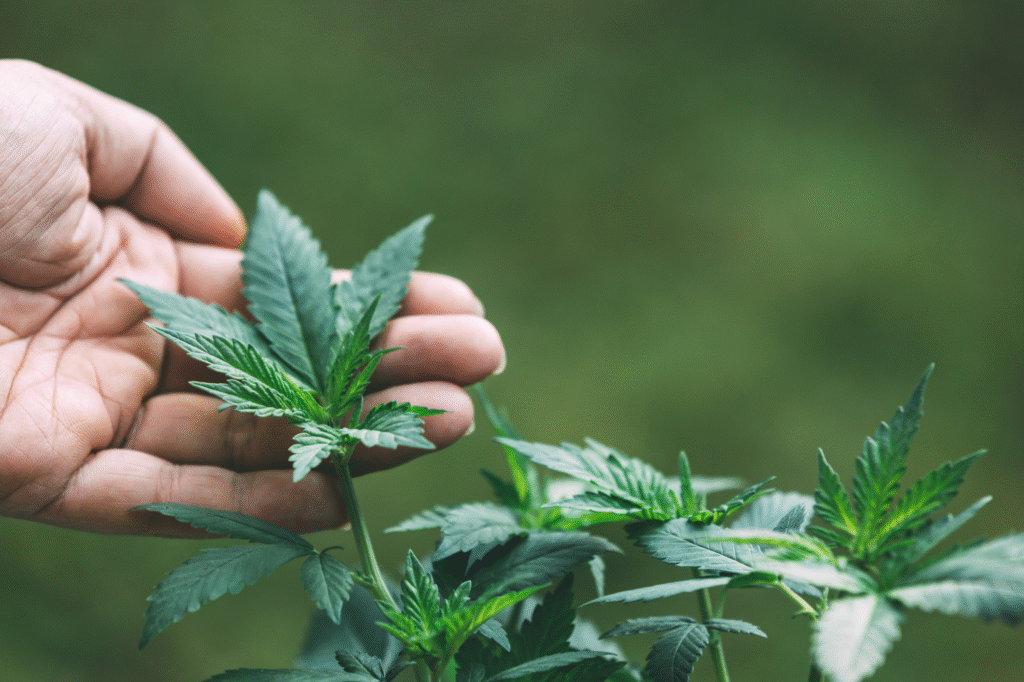
When you feature these in your e-commerce store, you might include a short “scent story” like: “This blend opens with the bright citrus of limonene, followed by the herbaceous pinch of pinene, and settles into the warm pepper/wood of caryophyllene.” That gives the buyer a sensory roadmap.
Why Knowing Terpene Classification Matters for Your Customers
Better product understanding: When someone reads your product page and sees “monoterpene-rich blend” they’ll better understand what to expect (fresh, bright, quick) vs “sesquiterpene-rich blend” (deep, lasting, woody).
Trust & transparency: Showing you know the classification tells the buyer you’re not just picking random aromatic compounds, you’re crafting with intention.
Differentiation: Many stores talk about “terpenes” in a generic sense. If you talk about “terpene types” and explain mono vs sesqui vs et,c you set yourself apart.
Better matching to customer needs: Some customers might want a clean, fresh scent (morning use), some might want a lingering warm scent (evening use). You can guide them by terpene type.
A Quick Reference Summary
Terpene type → What that means for the scent/blend
Monoterpenes: Quick, bright, top-note, high aroma impact
Sesquiterpenes: Deeper, longer lasting, base/heart note
Larger terpene families (diterpenes, triterpenes): Less about immediate scent, more about depth/complexity or functional roles
Simple label copy you could use
“Crafted with a blend of monoterpenes for a crisp first impression and sesquiterpenes to leave a warm lingering finish.”
Final Thoughts
When you’re selecting or marketing terpene-blend products, the phrase “terpene types” isn’t just a technical footnote, it’s a storytelling and value-point. It tells your customers:
What kind of aroma journey will it provide?
How long will the scent last?
Is it more fresh & light, or deep & rich?
By referring to the classification (monoterpene vs sesquiterpene) you give real meaning to the blend description.
Keep it simple, keep it human-friendly. For example:
“Our ‘Morning Wake-Up’ blend uses monoterpenes to lift you with crisp citrus and fresh herb notes. While our ‘Evening Cozy’ blend layers sesquiterpenes so the scent stays warm and comforting.”
Clear promise. Real value.
